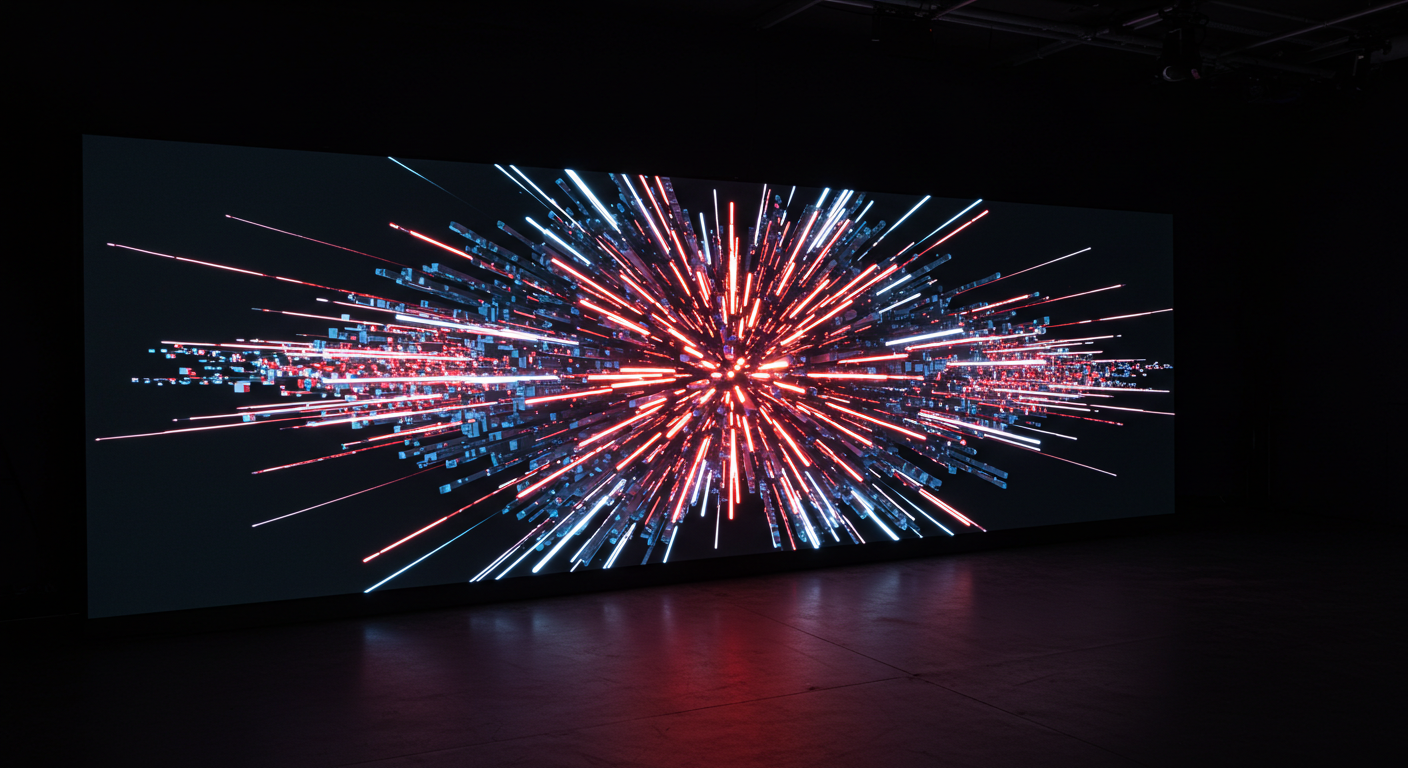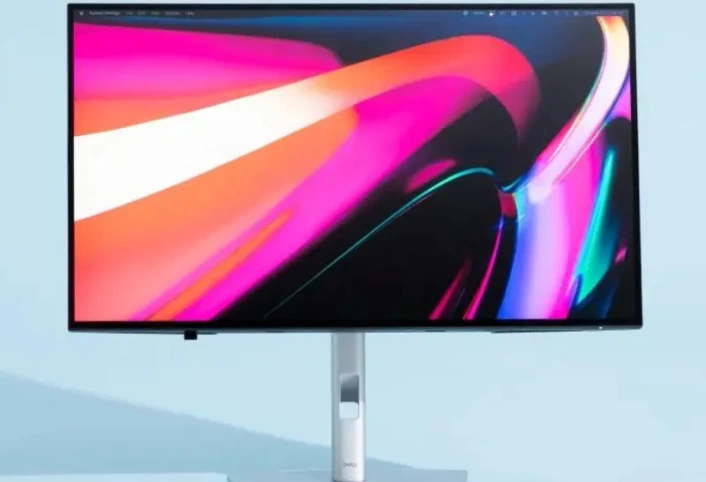In a world of stadium-sized displays, the most powerful screens are often the quietest. The ones in boardrooms that make data feel tangible. The ones in boutiques that make products feel precious. The ones in galleries that make art feel alive. Indoor LED screens don’t need to shout. They whisper — and in that whisper, they create intimacy. A luxury car glows under a curved indoor panel, its lines echoed in the display’s gentle gradients. A surgeon reviews scans on a medical-grade screen where every pixel could mean a life. A child in a science museum reaches out to “catch” a digital butterfly that flutters just beyond the glass. What makes indoor screens so potent is their proximity. They’re not distant spectacles — they’re companions. They adapt to human scale, not architectural ambition. In a high-end hotel lobby, a discreet wall panel cycles through local artists’ work, turning waiting into wandering. In a corporate atrium, a slender vertical screen tells the company’s story in haiku-like visuals — no text, just emotion. Even in homes, as 4K walls replace TVs, the screen becomes hearth, not hardware. The psychology is subtle but profound. Outdoor screens command. Indoor screens converse. They invite leaning in, not standing back. They reward attention, not demand it. And because they’re shielded from sun and storm, they can prioritize nuance over brute force — deeper blacks, truer colors, finer gradients. A wine shop uses this to showcase vineyards in dusk-lit detail, making bottles feel like portals. A fashion atelier projects fabric textures so real, customers swear they can feel the weave. The screen doesn’t sell — it seduces. Through restraint. Through precision. Through the courage to be small in a world obsessed with big. And in that smallness, it finds its power. Not the power of spectacle, but the power of presence. The screen that doesn’t dominate the room — becomes the room. The silent host. The unseen curator. The gentle guide. In the intimacy of indoor light, pixels become personal.





